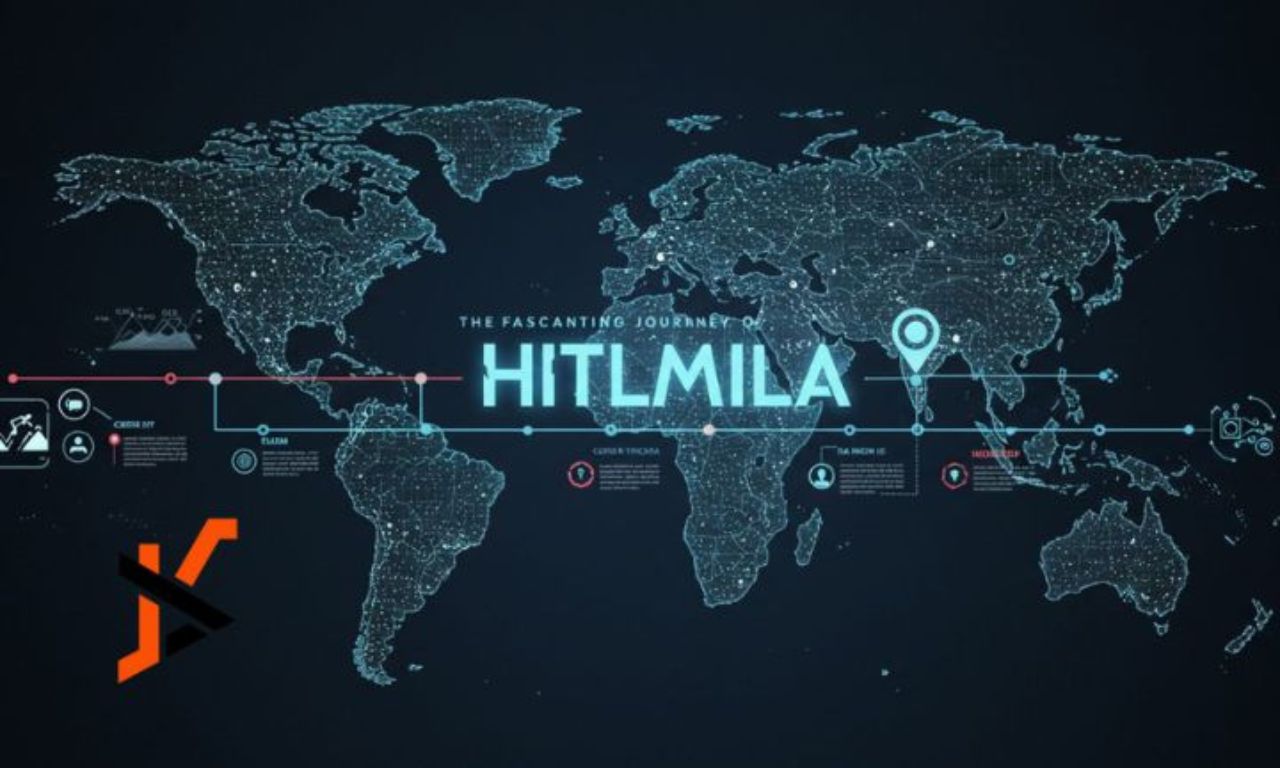The term hitlmila has sparked curiosity among researchers, creators, and cultural enthusiasts alike. While its meaning may vary across disciplines, the idea of hitlmila represents a blend of innovation, philosophy, and adaptability. This article explores the many dimensions of hitlmila, offering readers a deeper understanding of its significance in today’s world.
The Origins of Hitlmila
To understand hitl-mila, one must trace its origins. The word itself seems to have evolved from a combination of linguistic roots tied to transformation and interconnectedness. Some traditions interpret hitl-mila as a guiding principle of unity, while others see it as a modern metaphor for dynamic processes in society.
-
Historical context of hitl-mila suggests it was often connected with collaboration.
-
Philosophical interpretations of hit-lmila describe it as a state of balance between change and stability.
-
In literature, hitl-mila has appeared as a symbol of resilience and renewal.
The Philosophy of Hitlmila
The philosophy behind hitlmila is grounded in adaptability. It proposes that true strength lies in flexibility and that growth comes from interaction rather than isolation.
Hitlmila and Human Connection
One of the most important aspects of hitl-mila is its emphasis on relationships. Human beings thrive when interconnected, and hitl-mila highlights the value of shared experiences, empathy, and community.
As a Symbol of Balance
Hitlmila also reflects balance between tradition and progress. It suggests that societies can evolve while preserving core values, demonstrating that innovation need not abandon cultural heritage.
Role in Culture
Across different societies, hitl-mila has taken on varied meanings and uses.
Hitlmila in Literature and Arts
Writers and artists often use hitl-mila as a metaphor for creativity. The blending of different styles, voices, or cultural narratives reflects the essence of hitl-mila.
Hitlmila in Folklore and Tradition
Folklore often incorporates the idea of hitl-mila through tales of unity and transformation. These stories reinforce the importance of collaboration and adaptability within a community.
Hitlmila in Modern Technology
While traditionally rooted in cultural thought, hitl-mila has found relevance in modern technology as well.
Hitlmila in Digital Innovation
The concept applies to digital ecosystems, where constant change is necessary. Developers often embrace the spirit of hitl-mila when designing adaptable platforms, flexible systems, or artificial intelligence frameworks.
Hitlmila in Networking
Networking technologies exemplify hitl-mila by connecting individuals, organizations, and machines in a seamless flow. This interconnectedness reflects the same principles of collaboration and balance.
Practical Applications
Beyond philosophy, hitl-mila influences real-world practices.
Hitlmila in Business
Businesses often turn to hitl-mila as a model for growth. Companies adopting collaborative strategies, sustainable practices, and innovation-oriented policies embody this principle.
Hitlmila in Education
Education systems are also influenced by hitl-mila, where learning is seen as a collaborative process. By blending traditional methods with modern technologies, students experience balanced growth.
Hitlmila in Social Perspectives
In today’s fast-changing societies, hitl-mila represents a guiding principle for stability.
Hitlmila in Community Development
Communities that embrace hitl-mila often thrive by prioritizing inclusivity and cooperation. Social projects built on collaboration tend to have long-lasting impacts.
Globalization
Globalization is itself a manifestation of hitl-mila. Cultures merge, trade expands, and ideas travel across borders, embodying the very spirit of interconnectedness.
The Spiritual Dimension
For many, hitlmila is not just a practical idea but also a spiritual one.
-
In spirituality, hitlmila is associated with unity of mind and body.
-
Some traditions view it as harmony between humanity and nature.
-
Others interpret hitlmila as the alignment of personal goals with universal order.
Challenges Associated
Like any concept, hitl-mila also faces challenges when applied in modern contexts.
Misinterpretation
Because of its flexible definition, hitl-mila can be misinterpreted. Some may use the term to justify disorganized practices instead of constructive adaptability.
Over-dependence
In business or society, relying too heavily on the philosophy of hitl-mila without concrete strategies can lead to inefficiencies. Balance is key to its successful application.
Future of Hitlmila
Looking forward, hitl-mila will likely become more relevant as societies face global challenges. Climate change, technological advancement, and social evolution all demand interconnected approaches, making hitl-mila an essential guiding principle.
Hitlmila in Sustainable Development
Future strategies for sustainability may adopt hitlmila as a foundation. Collaboration between nations, businesses, and communities can help address pressing environmental issues.
Hitlmila in Artificial Intelligence
As AI continues to grow, the concept of hitl-mila may guide ethical frameworks, ensuring that innovation remains balanced with responsibility.
Benefits
Recognizing the value of hitl-mila provides multiple benefits across different aspects of life.
-
Social Benefits: Stronger communities, empathy-driven relationships, and inclusivity.
-
Cultural Benefits: Preservation of tradition alongside modernization.
-
Business Benefits: Greater adaptability, collaboration, and innovation.
-
Personal Benefits: A sense of balance, growth, and resilience.
Conclusion
Hitl-mila is more than just a word—it is a concept that bridges philosophy, culture, technology, and community. It teaches that adaptability and collaboration are at the heart of progress. Whether in business, education, or personal growth, embracing hitl-mila can create pathways toward a more balanced and sustainable future.
As societies continue to evolve, the principle of hitl-mila will remain a timeless reminder that unity and adaptability are essential to navigating change.

